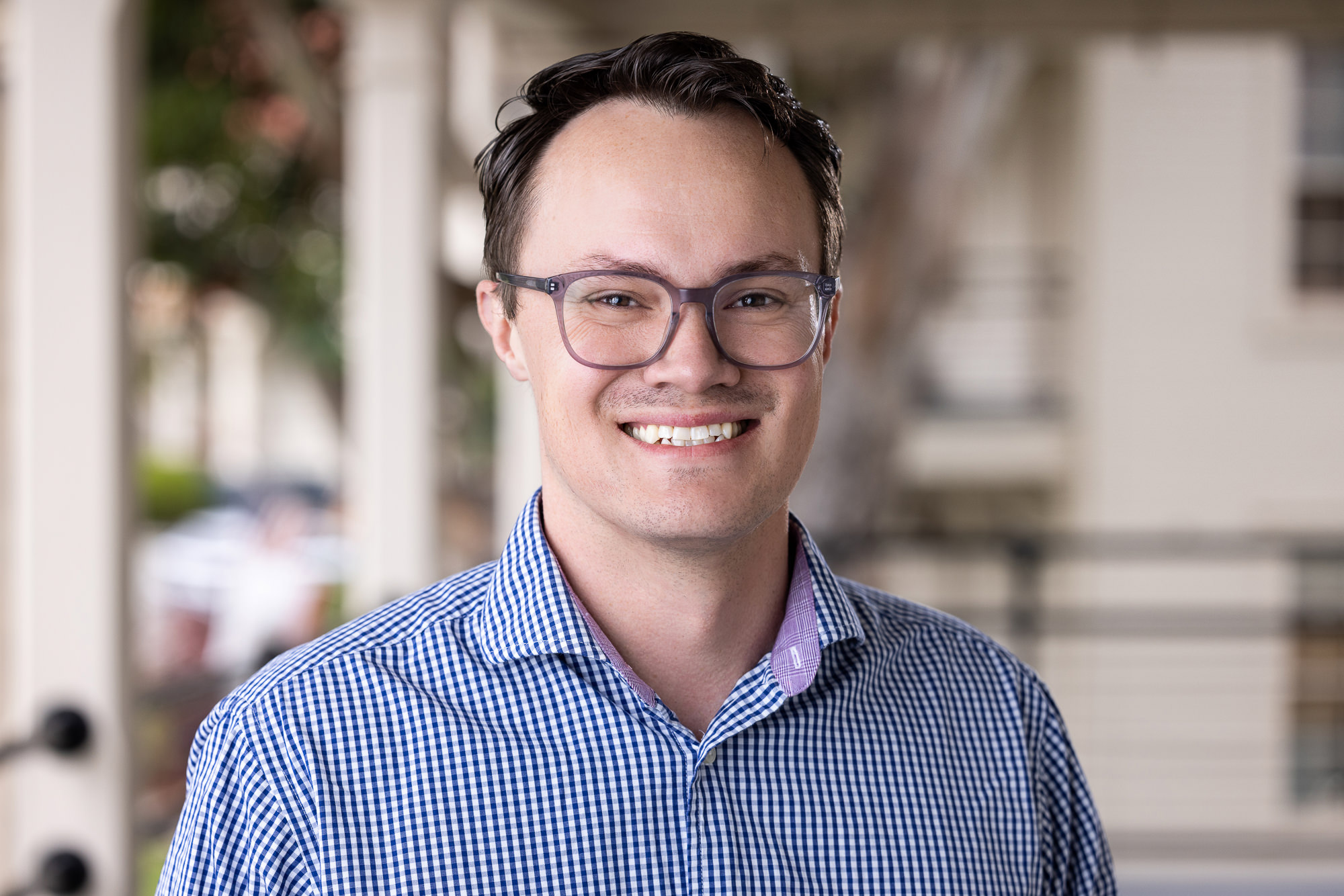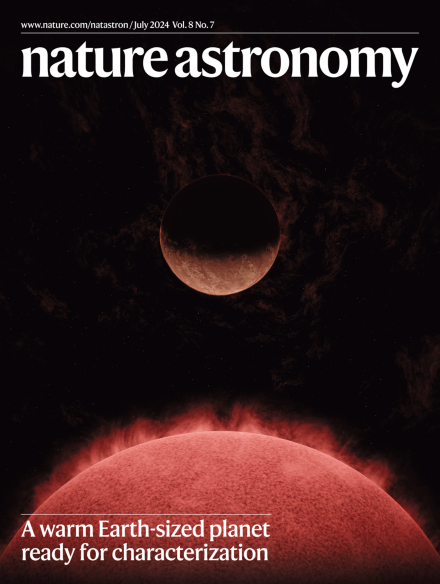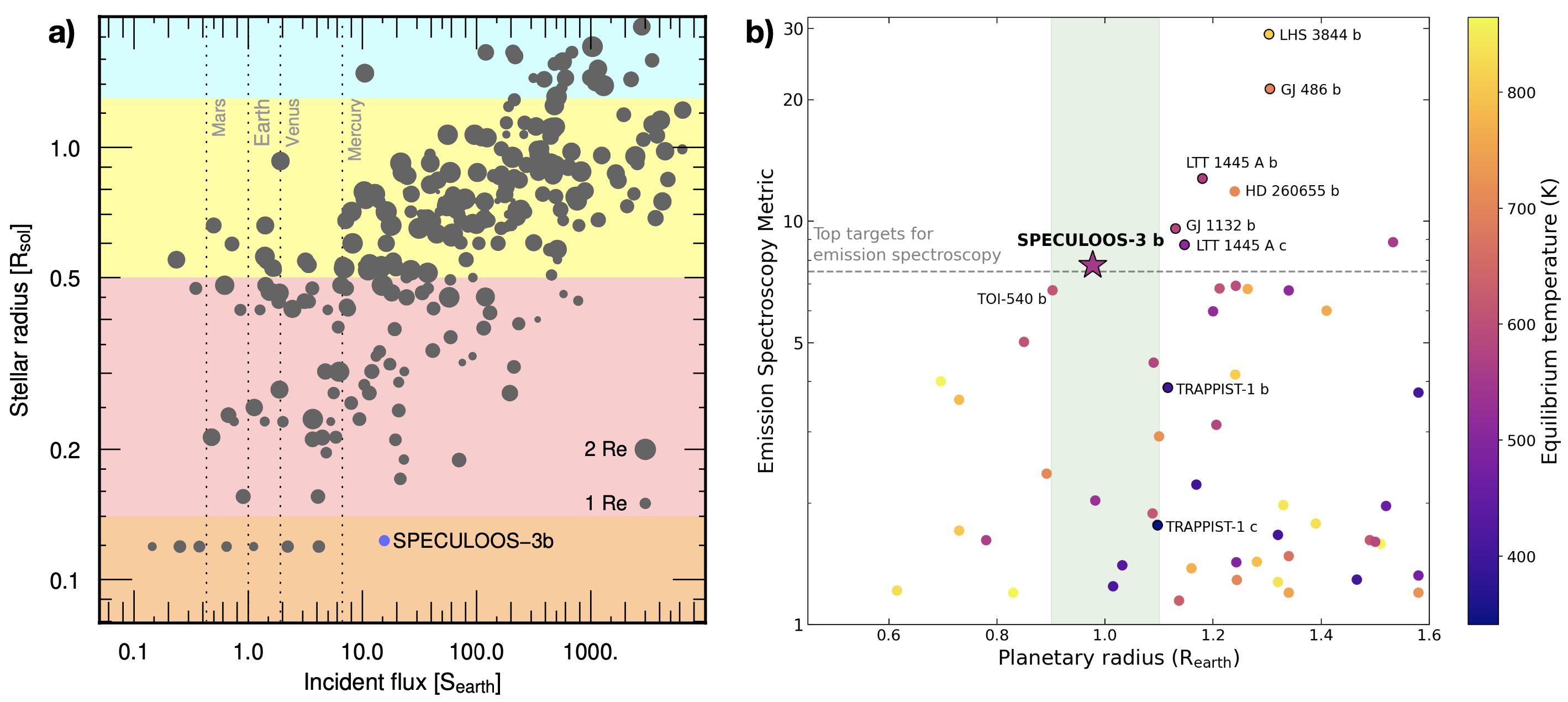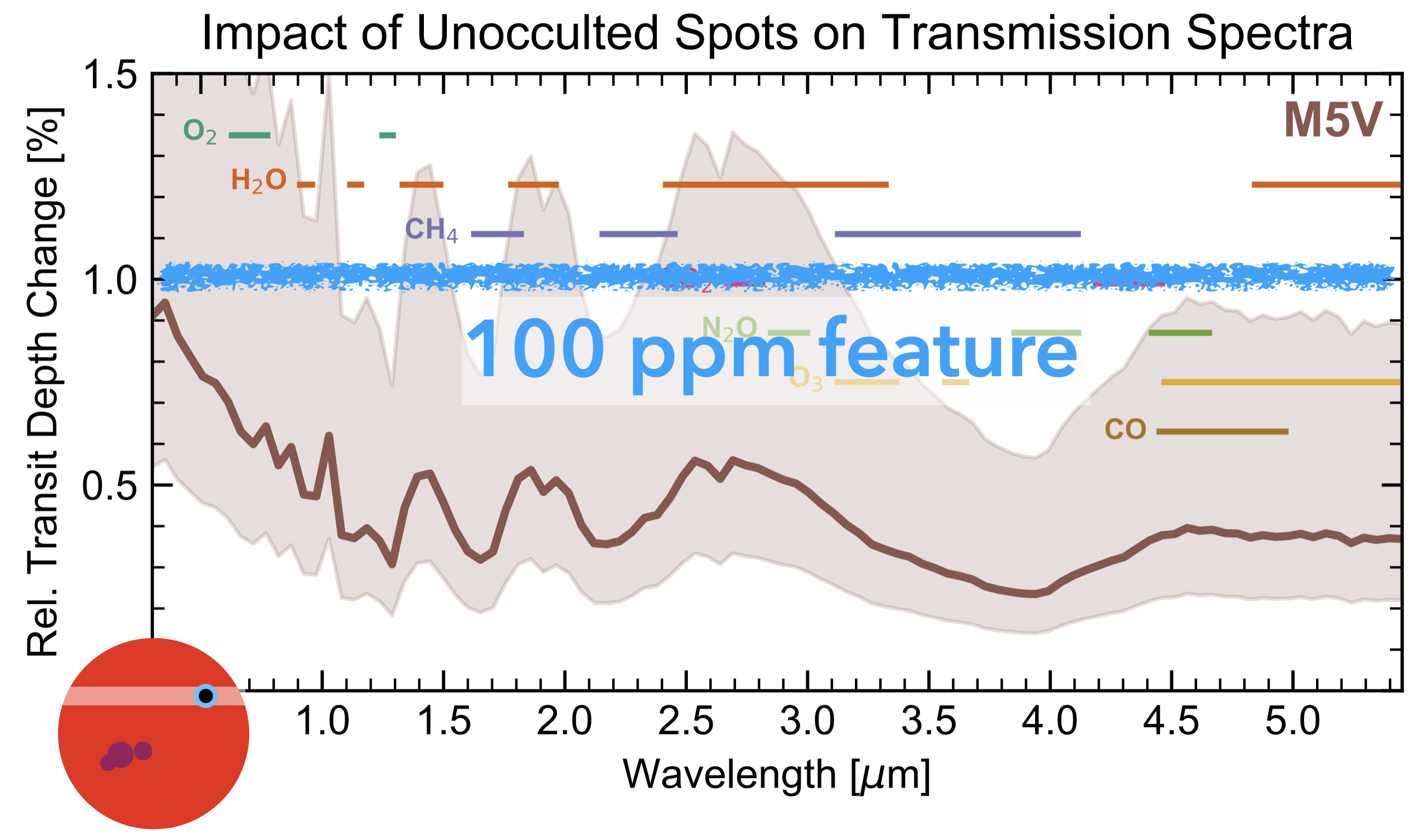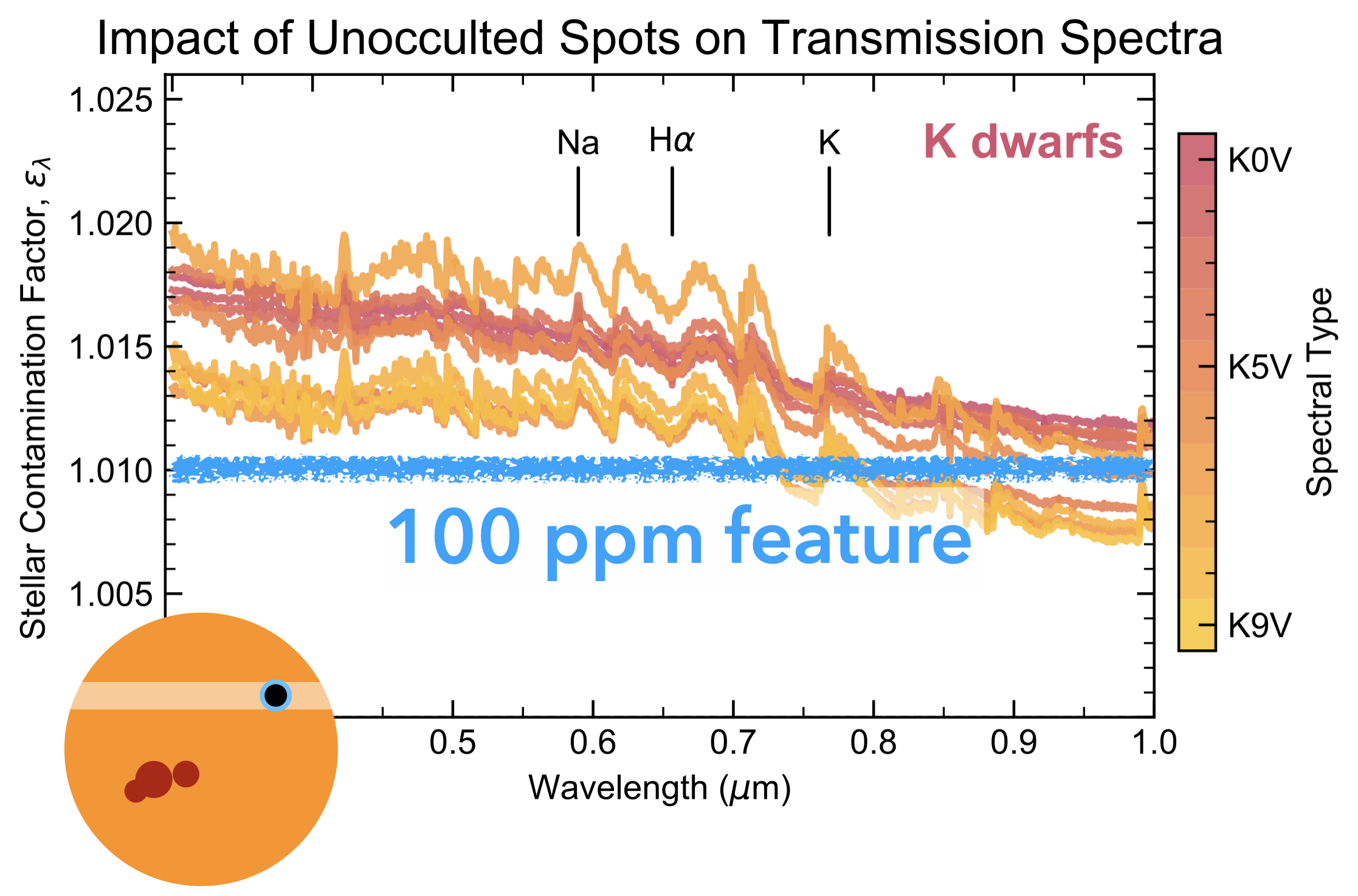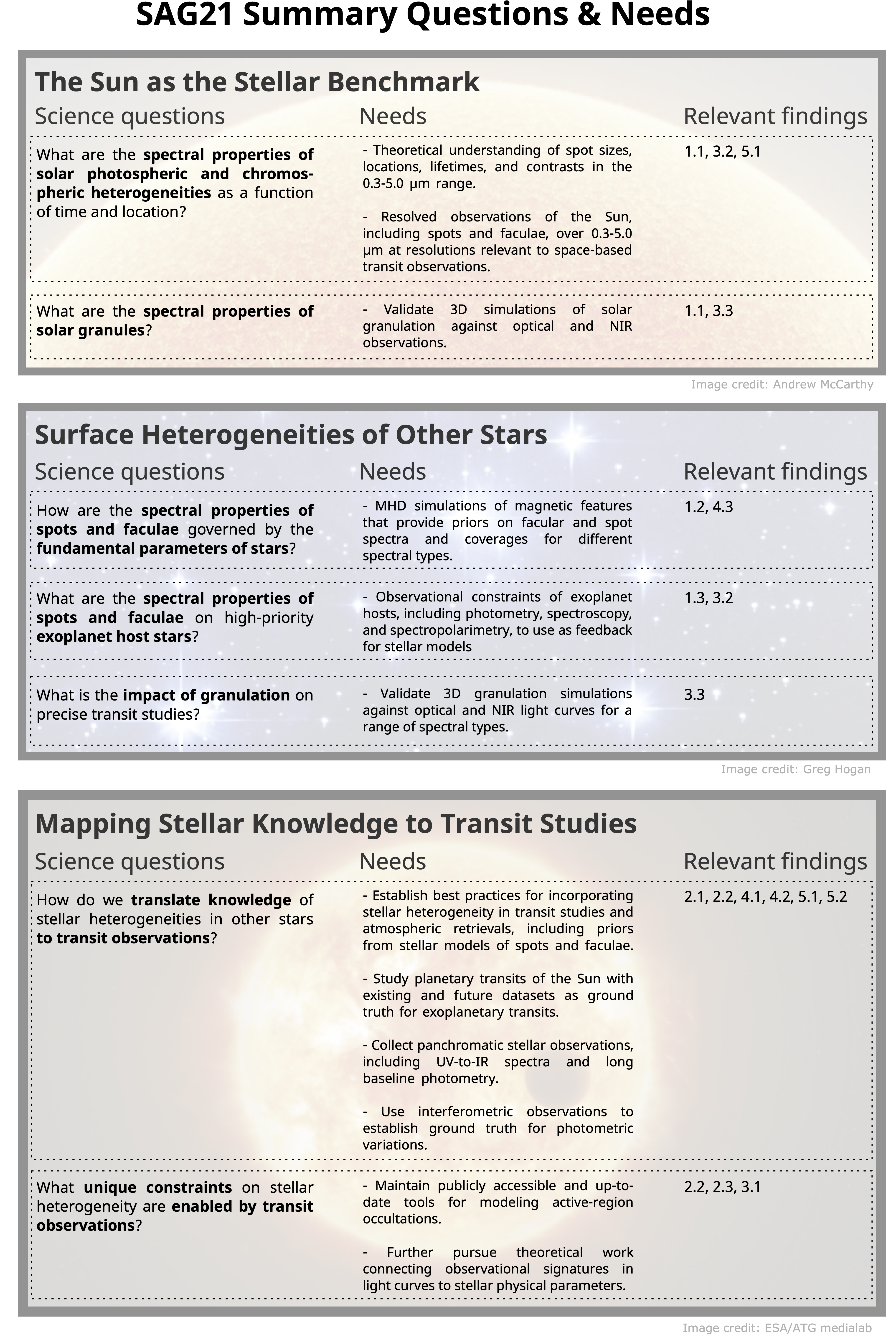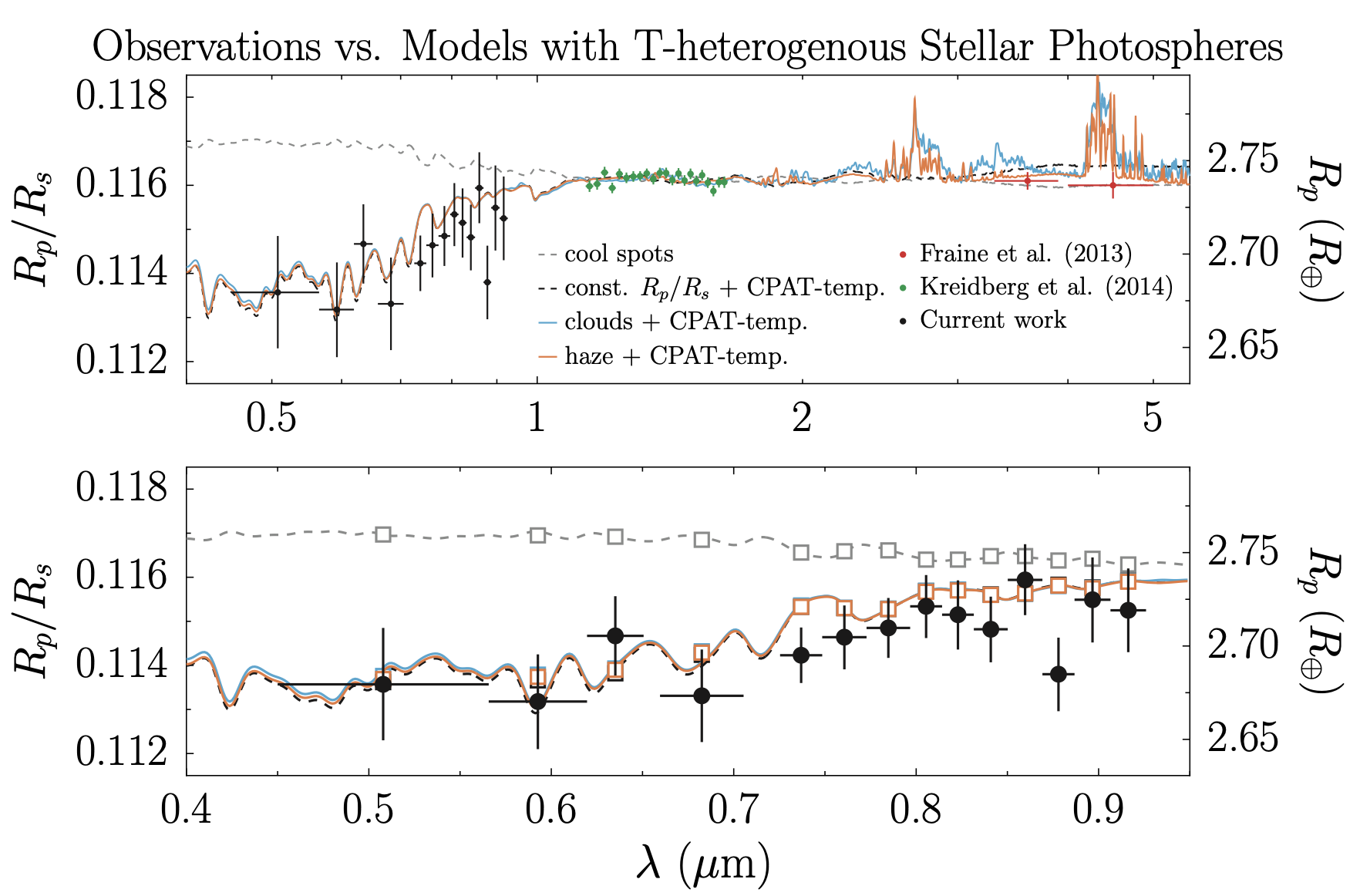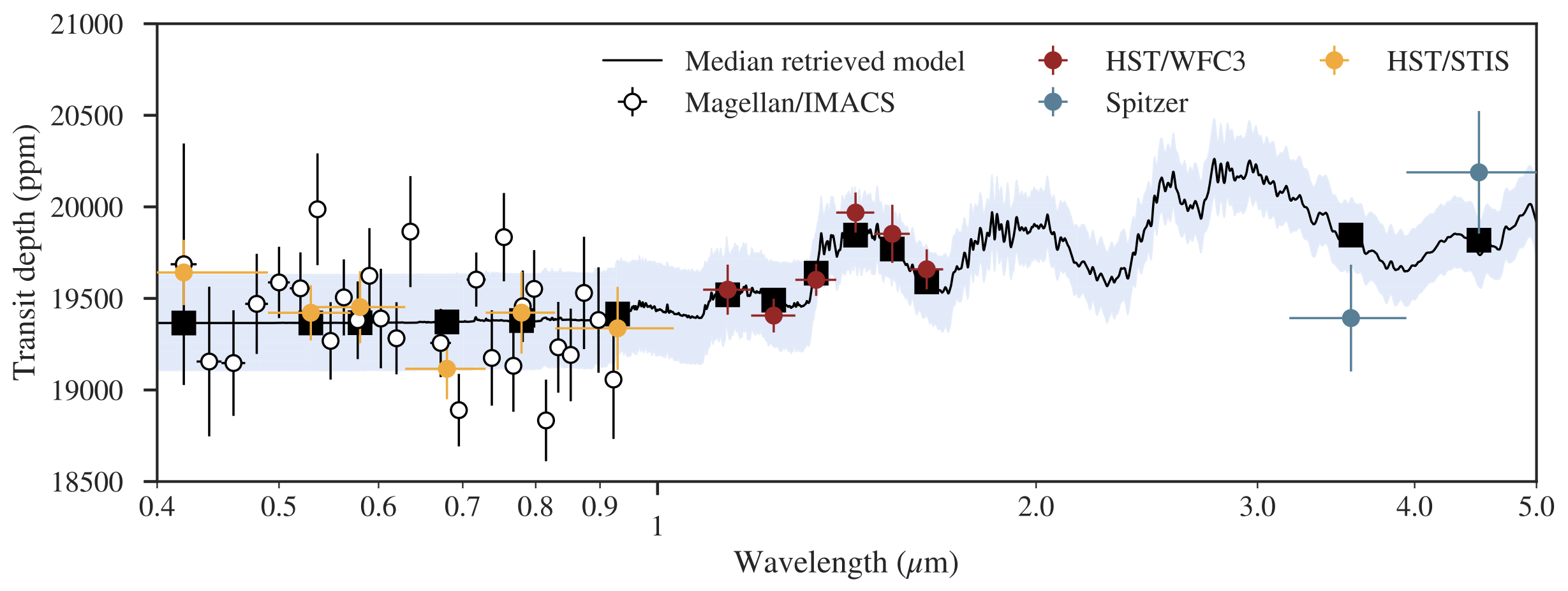About
I am a Research Scientist at MIT in the Disruptive Planets group. I earned my PhD in Astronomy & Astrophysics at the University of Arizona before joining MIT as a 51 Pegasi b Fellow. In a former life, I studied neuroscience at Westminster University and worked as a field biologist in Utah and Arizona.
